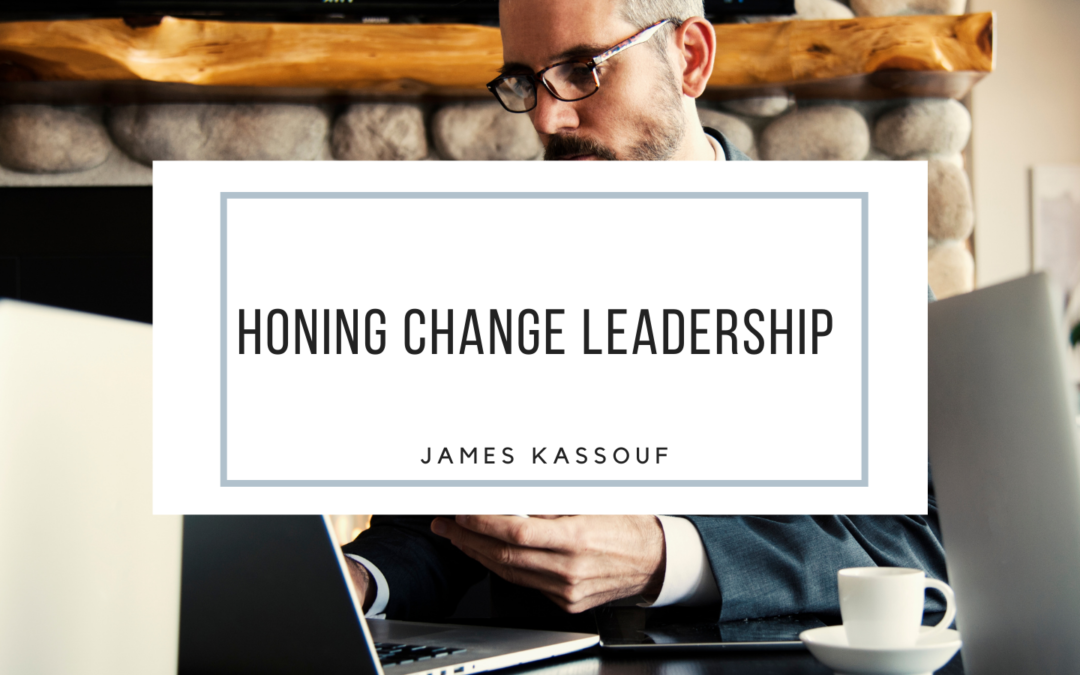Change was already omnipresent in many workplaces prior to the pandemic. The global crisis just meant that it’s now accelerating.
The pace of change is ironically changing, and it’s one that’s growing in intensity. Also, experts don’t see it leveling off anytime soon. The iPhone, once considered revolutionary, is now a decade old.
Consider how the Internet is now 40 years of age, and 40 years prior to that, most homes didn’t have electricity. With lifespans going into the 80s, some people alive have seen unthinkable change and development.
In the business world, CIOs are professionals who need to be masters of change. In fact, they need to embrace the role of a change leader.
People who are change leaders can seriously improve the businesses that they work for instead of seeking new opportunities to flourish somewhere else. However, such leaders need to be identified within an organization. They also need encouragement if they’re going to be creative and successful.
Some CIOs believe that all CIOs should be change masters. This rings more true today as the sphere of influence of a CIO is growing, not just in terms of how technology is changing but how businesses are redefined.
For a CIO to be a change master, they need to be constantly learning. They must also understand every nuance of their business so they can always produce results that have value. Successful CIOs are masters of strategy and help build confidence in everything around them. CIOs should focus on facilitating others and be masters of making arrangements far more than leading specific IT projects.
While particular skills and knowledge can be trained into employees or found through the labor market, change masters in CIO positions should do all they can to nurture as much emotional intelligence as possible within an organization. That starts with their own ability to empathize with anyone in their current organization.
Leading by example still goes a long way and inspires others to follow suit, especially if they believe in what a person is doing. In a world overrun by technology that shows no sign of slowing down, it’s connecting with people on a real level that restores the balance of humanity to organizations looking to keep up in this constantly changing economy.

